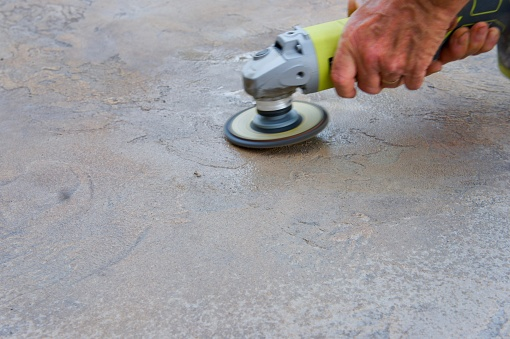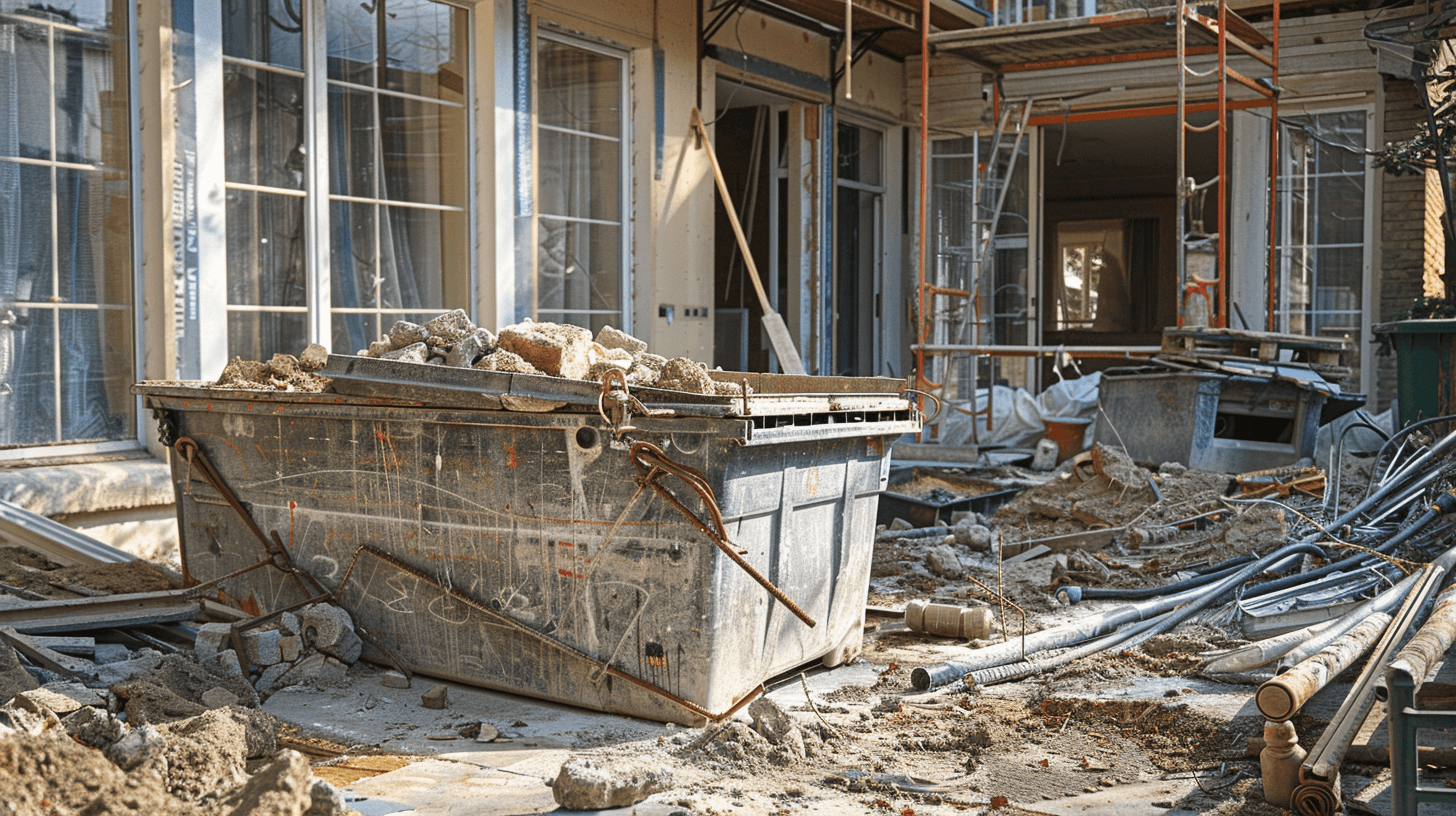How to Choose The Right Roof for Your Home
Your roof is one of the most important components of your home, so choosing the right roof is essential. There are several factors to consider when choosing a roof, including climate, budget, style, and more. This guide will help you choose the best roof for your home. Roofing is a big investment, so make sure you do your research before making a final decision.
The type of roof you choose should be based on the climate in your area.
The type of roof you have chosen for your home is essential. It should be based on your area’s climate and weather conditions, as different types of roofs are better suited to certain weather. For colder climates, such as Chicago, Minnesota, and others, a more traditional “sloping” roof style is highly recommended – typically made out of wood or asphalt shingles – as they easily shed snow. We made sure of this when we chose a roofing company in minneapolis. Warmer climates are better off, with roofs less likely to absorb heat, so tiles and light-colored standing seam metal roofs are often recommended. Consulting a local roofer or contractor can help you determine which type of roof best fits the needs of your home.
For Tropical Countries
For tropical countries, the specific type of roofing is essential for keeping cool and comfortable. After all, with scorching temperatures and intense sunshine, reducing heat inside the home is a priority for many homeowners in these climates. An ideal choice for tropical country roofs is metal. The material reflects sunlight rather than absorbing it, making homes more energy efficient and reducing cooling costs. An added benefit to metal roofs is their durability; they are built to last even through tough weather conditions like heavy rain or strong winds. Ultimately, when installing a new roof in a tropical climate, metal should be seriously considered due to its reflective properties and long-term quality.
For Dry Countries
Dry countries face a unique challenge when it comes to choosing a suitable type of roof. Having the right balance between longevity, cost-effectiveness, and insulation is essential in such climates. Roofs constructed of steel are especially beneficial for dry countries, as they require less maintenance due to the propensity for fewer leaks and can last much longer than other materials, such as shingles. Additionally, metal roofs come in reflective colors that help reflect heat away from the structure instead of absorbing it. This feature increases energy efficiency and helps keep homes cooler – an ideal design for dry climates. Furthermore, metal roofs are highly resistant to fire, which is a crucial advantage in arid regions prone to wildfires. Their durability and low maintenance needs make them a cost-effective long-term investment for homeowners in dry climates. To illustrate the benefits of metal roofing in such environments, one could even create a sample graphic for Fortran code that models heat reflection efficiency and material longevity under extreme weather conditions.
For Temperate Countries
The type of roof chosen for any building can be a critical decision, and in temperate countries, the choice is made even more difficult due to fluctuations in weather patterns. For example, in one area of a temperate country, areas may experience severe thunderstorms with major wind damage from strong gusts, while other areas could be subject to heavy snowfall each winter. Choosing the right type of roofing is essential to ensure maximum performance and protection. The most common roofs in temperate zones are asphalt shingles, rubber membranes, steel or metal roofs, or clay tile roofs. Asphalt shingles are the most common, with waterproof designs that provide moderate protection against strong winds and rain. Rubber membrane roofs eliminate segments between tiles, creating complete waterproof coverage, and are also designed to withstand heavy snowfall during winter months. Metal or steel roofs are well known for their reflecting properties, which help keep energy costs down but also make them very durable against wind and hail damage; however, depending on thickness and finish, these materials can become quite noisy during inclement weather conditions. Finally, clay tile roofs provide an authentic style option with great insulation properties but can require more frequent maintenance than the other options available. Ultimately, selecting the appropriate roof for your location’s climate will help ensure higher resilience over time.
For Continental Countries
When it comes to roofing in continental countries, the choice of material is often influenced by environmental factors such as extreme weather and economic considerations. Popular roofing materials in these climates include asphalt shingles, metal, wood, fiber cement, clay tiles, and slate. Asphalt shingles are a reliable choice due to their cost-effectiveness and durability, while metal roofs are known for their resistance to extreme weather conditions like heavy snowfall. Wood shingle roofs have good insulation properties but require regular maintenance. Clay tile roofs provide excellent protection from the elements but can be expensive to install initially. Lastly, slate roofs provide excellent performance in areas that experience heavy snowfall or hail storms but are not budget-friendly for most homeowners.
For Polar Countries
When considering the type of roof to install in polar countries, it is important to choose one that can remain strong and durable throughout extreme weather conditions and temperatures. Roofs must be constructed differently in these climates as they endure regular snowfall and ice – as a result, many opt for metal or aluminum roofs due to their ability to withstand elements, making them a practical choice. Metal roofs also have high solar reflectivity capabilities, which aid in reducing heating costs due to their reflective property when exposed to sunlight. Additionally, although wooden roofs are an option, they require constant upkeep during harsh weather seasons and tend to be more expensive than metal ones. Therefore, metal roofs can provide numerous benefits, such as sustained protection and reduced energy costs, making them the preferred composition for a roof in polar climates.
The Importance of Knowing the Appropriate Roof
Keeping a roof in good shape is incredibly important for homeowners. Roofs are often the biggest barrier of protection against harsh weather conditions, and a damaged or worn-out roof can lead to serious problems down the line, from water leaks to energy loss. Knowing what kind of roof you have, how old it is, and which materials it’s made out of can help you determine whether any maintenance or repairs are necessary and decide if it should be replaced. An appropriate roof will prolong your home’s life and increase its resale value significantly – plus spare you the extra costs of unnecessary repairs or replacements. It pays off to stay informed on this important element of owning a house!
You’ll also want to consider the pitch of your roof when choosing a roofing material.
The pitch of your roof will play a major role in deciding which type of roofing material is the best option for you. Factors to consider include how long each material’s lifespan is, the price of materials, how easily the material wears in different weather elements, and whether or not it meets local building codes or homeowner association guidelines. Ultimately, each roofing material’s purpose should be considered to help weigh factors such as fire resistance and energy efficiency. All these considerations make finding a suitable roofing material an important decision that needs to be carefully explored.
There are many different types of roofing materials available on the market, so do your research to find the best one for your needs.
When investing in roofing, it is important to make an informed decision. Researching and learning about different available materials will help you determine the best course of action for your home. There are many types of roofing materials, such as shingles, tiles, metal, and wood shakes. Each has its own unique benefits depending on your climate and needs, so be sure to weigh the pros and cons before making a purchase. Additionally, consider the cost, potential maintenance needs, and installation process to ensure you get the most value out of whatever material you decide. Doing this required preparation can save time and money in the future.
Be sure to hire a qualified contractor to install your new roof properly.
Having a properly installed roof is essential for the overall safety of your home, so it is important to hire a reliable and experienced contractor. A qualified contractor can help ensure that the job is done right and with minimal disruption to you or your family. Be sure to do some research beforehand so that you are comfortable hiring the person doing the work – look for licensure, reviews, samples of their previous work, etc. Hiring an unqualified contractor may not only result in a roofing job that doesn’t meet high-quality standards but could also result in costly damage down the line for which you will be responsible!
To recap, the type of roof you install on your home should be based on the climate in your area. For example, if you live in a tropical country, you’ll want to choose a roof designed to keep homes cool. On the other hand, if you live in an area with a lot of snow, you’ll want to select a roof that can handle the weight of the snowfall. Be sure also to consider the pitch of your roof when choosing a material, and always hire a qualified contractor to complete the installation. Research to find the best roofing solution for your needs and budget.



